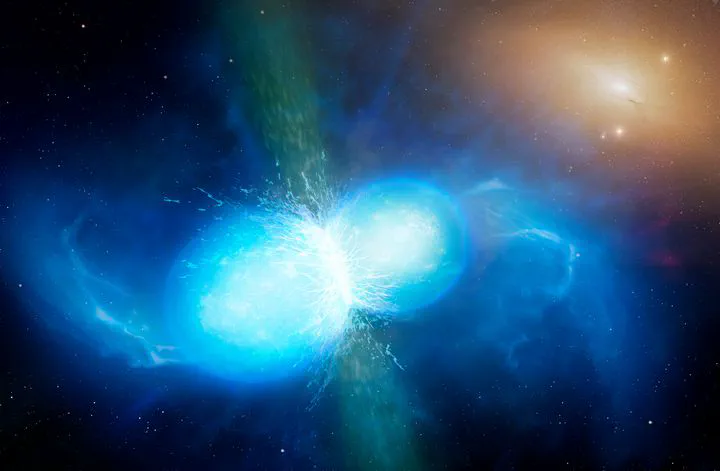Exploring Post Merger Fate of BNS Merger Remnant using Kilonova (MS Thesis)

Neutron stars are the best astrophysical laboratory to test matter properties above nuclear saturation density. GW170817 was the first binary neutron star (BNS) merger detected, followed by the electromagnetic counterpart AT2017gfo. The equation of State (EOS) of matter at high density found in NS remains an open question in astrophysics. This leadsto estimating ejecta mass and velocity in the BNS merger. In this thesis, we study the BNS merger in light of its electromagnetic counterpart, kilonova. We simulated light curves of kilonova with different BNS remnants and EOSs and compared them with the observation of GW170817. This thesis studies the relation between different BNS merger remnants with mass ejected and explored their kilonova signature. Also, it provides a possible hint that GW170817 could be a binary hybrid star merger or a merger between a hybrid and a hadronic star. We also studied the uncertainness in ejecta mass and velocity fitting formulas from the equal mass BNS merger. We derived our forms of the formulas using the data from numerical relativity simulation. Our results are on par with the literature and are compared by using the χ2 statistics, taking into account uncertainty in the data. The results suggest that with the more accurate modelling and knowledge of emission models, kilonova light curves can be established as a reliable tool for studying eos of NS, giving us more direct implications of eos on observational properties. The results and conclusions presented here could only be improved in light of future GW missions such as advanced-LIGO and LISA paired with advancement in merger simulation.
Thesis Link : MS-Thesis